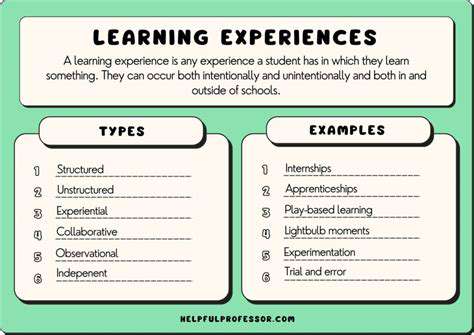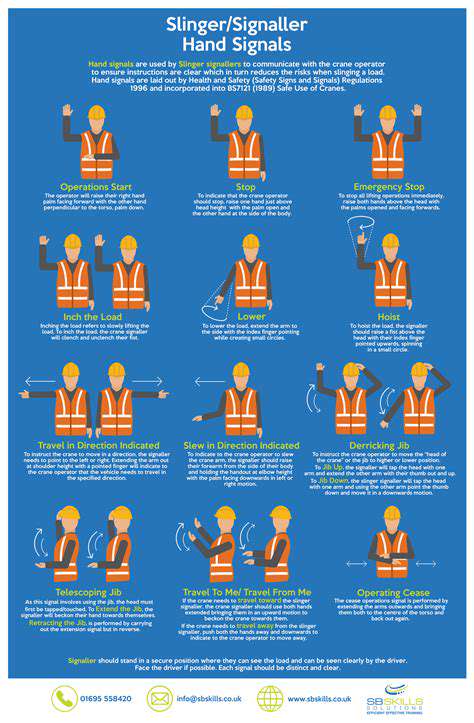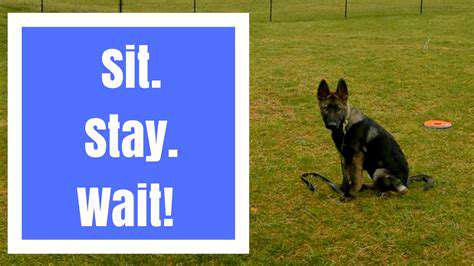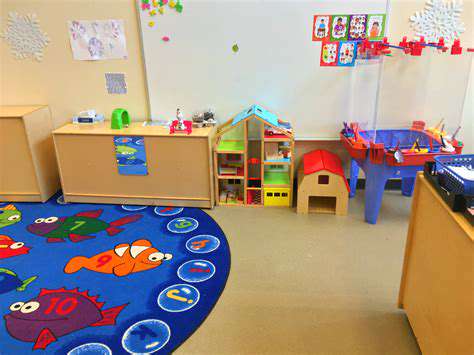Leash Etiquette Starts with "Sit": Incorporating Commands into Walks
Understanding the Importance of Sit
The sit command isn't just about obedience—it's the bedrock of enjoyable walks for both owner and pet. When a dog masters this skill, it creates a shared language that transforms chaotic outings into harmonious experiences. This simple action demonstrates the animal's respect for your guidance while equipping them to handle sidewalk surprises, from squirrels to skateboards.
Developing a Reliable Sit Command
Creating consistent responses takes dedication. Start in a peaceful space without distractions, using rewards like small treats or enthusiastic praise when your pup gets it right. The timing of rewards matters more than the reward itself—immediate reinforcement creates the strongest mental connections. As proficiency grows, test the command with mild distractions like tossing a toy nearby or having a family member walk past.
Addressing Common Challenges in Teaching Sit
Some dogs struggle more than others. Distractible pups benefit from multiple five-minute sessions rather than one long drill. For the overexcited ones, burn off energy with play first. If frustration builds on either end of the leash, pause and try again later—positive associations are everything. Professional trainers can offer customized solutions for particularly stubborn cases.
Reinforcing Sit During Walks
Real-world practice makes perfect. Use clear verbal cues (Sit!) paired with consistent hand signals (flat palm moving downward). Reward successful responses immediately—this builds reliability when it matters most. Strategic use at curbs, before greetings, or when other dogs approach prevents pulling and jumping. These moments reinforce that calm behavior earns rewards.
Using Sit to Manage Distractions
A sharp sit command acts like a reset button. When bicycles zoom by or interesting smells distract, this command refocuses attention where it belongs. Regular practice teaches dogs to automatically check in with you amid excitement—the hallmark of a well-trained companion. This skill transforms stressful encounters into moments of connection.

Consistency is Key: Making it a Habit

Understanding the Importance of Consistency
Like morning coffee or nightly toothbrushing, consistency transforms actions into automatic behaviors. This predictability builds trust—dogs learn what to expect just as children thrive on routine. The real magic happens when occasional commands become ingrained habits that require little conscious thought from either party.
Establishing Clear Goals and Objectives
Vague aspirations like better behavior won't cut it. Define specific targets: Sit before crossing streets or Remain seated when guests arrive. These measurable benchmarks create a roadmap for gradual improvement. Celebrate each small victory—they accumulate into transformation.
Developing a Routine and Sticking to It
Incorporate training into daily rituals. Practice sits before meals, when attaching the leash, or during commercial breaks. These micro-sessions reinforce learning without overwhelming either participant. Consistency thrives when practice feels like a natural part of life rather than a special event.
Prioritizing Tasks and Managing Time Effectively
Not all training moments carry equal weight. Focus first on safety-critical situations like street crossings. Mastering these priority scenarios builds confidence for tackling less urgent behaviors later. Brief, focused sessions often yield better results than marathon training attempts.
Overcoming Obstacles and Maintaining Momentum
Expect setbacks—growth isn't linear. An off-day doesn't erase progress. The dogs who succeed aren't those who never fail, but those whose owners persist through the challenges. Adjust techniques as needed while keeping the ultimate goal in sight.
Adapting to Change While Staying True to Core Values
Life brings variables—new environments, aging pets, schedule changes. The method may flex, but the commitment to clear communication remains constant. This balance between structure and adaptability defines truly effective training relationships.
Celebrating Milestones and Maintaining Motivation
Mark progress visibly—take before videos and compare them to current abilities. Recognizing improvement fuels the motivation to continue. Share successes with fellow dog lovers; their encouragement makes the journey richer.
Read more about Leash Etiquette Starts with "Sit": Incorporating Commands into Walks
Hot Recommendations
- The Impact of Early Socialization on a Dog's Interaction with Other Animals
- Car Travel and Puppy Socialization: Making the Journey a Positive Experience
- The Importance of Early Environmental Exposure for Puppy Development
- Taking Your Puppy to the Vet: Positive Socialization Strategies
- Making Training a Positive Experience for Your Puppy
- Public Transportation and Puppy Socialization: A Step by Step Guide
- Safe Socialization: Allowing Others to Pet Your Puppy
- Helping a Puppy Who Struggles with "Stay"
- Positive Puppy Interactions: Making Meetings with New Friends Fun
- No Treats Needed? Training Basic Commands with Verbal Praise











